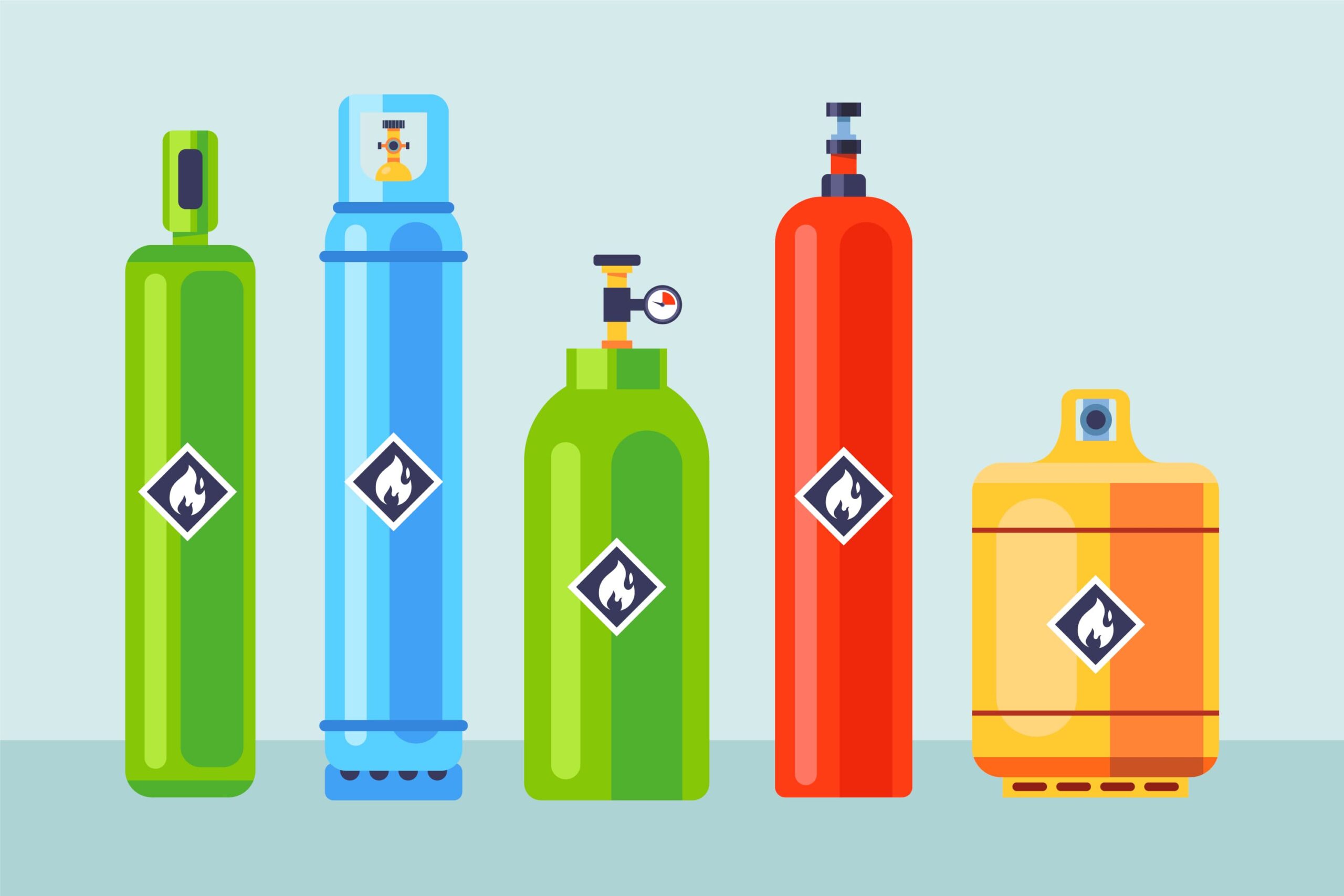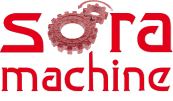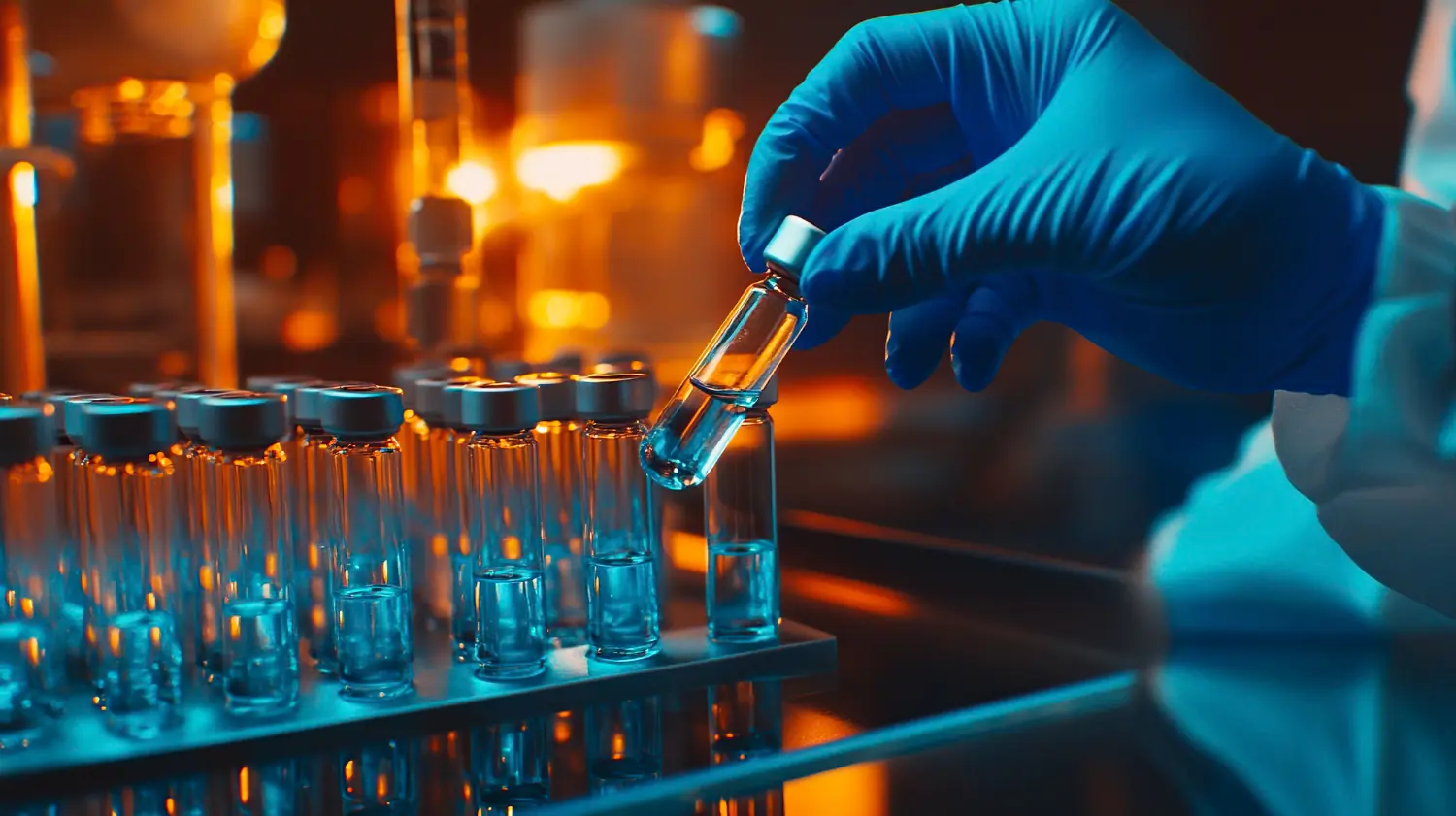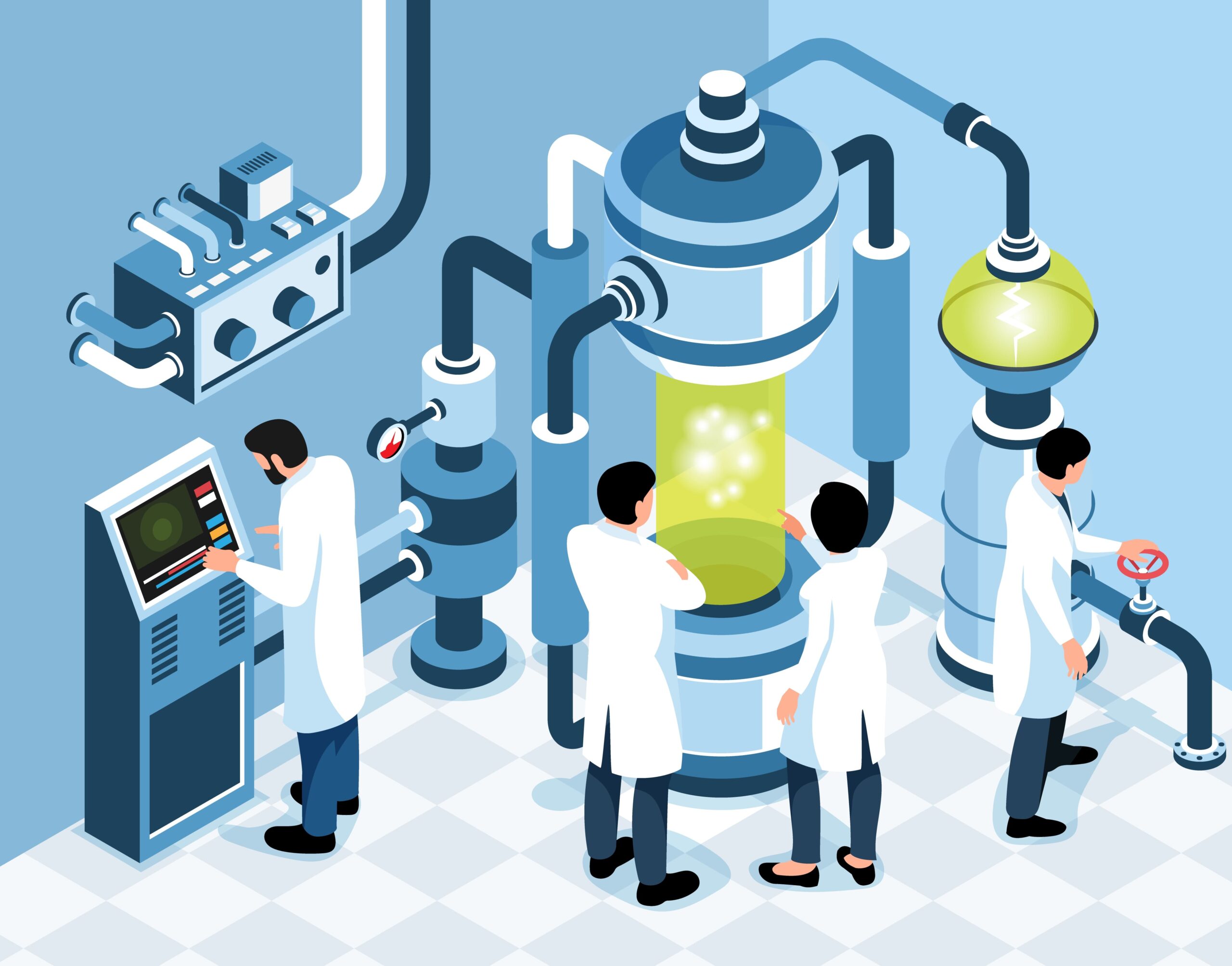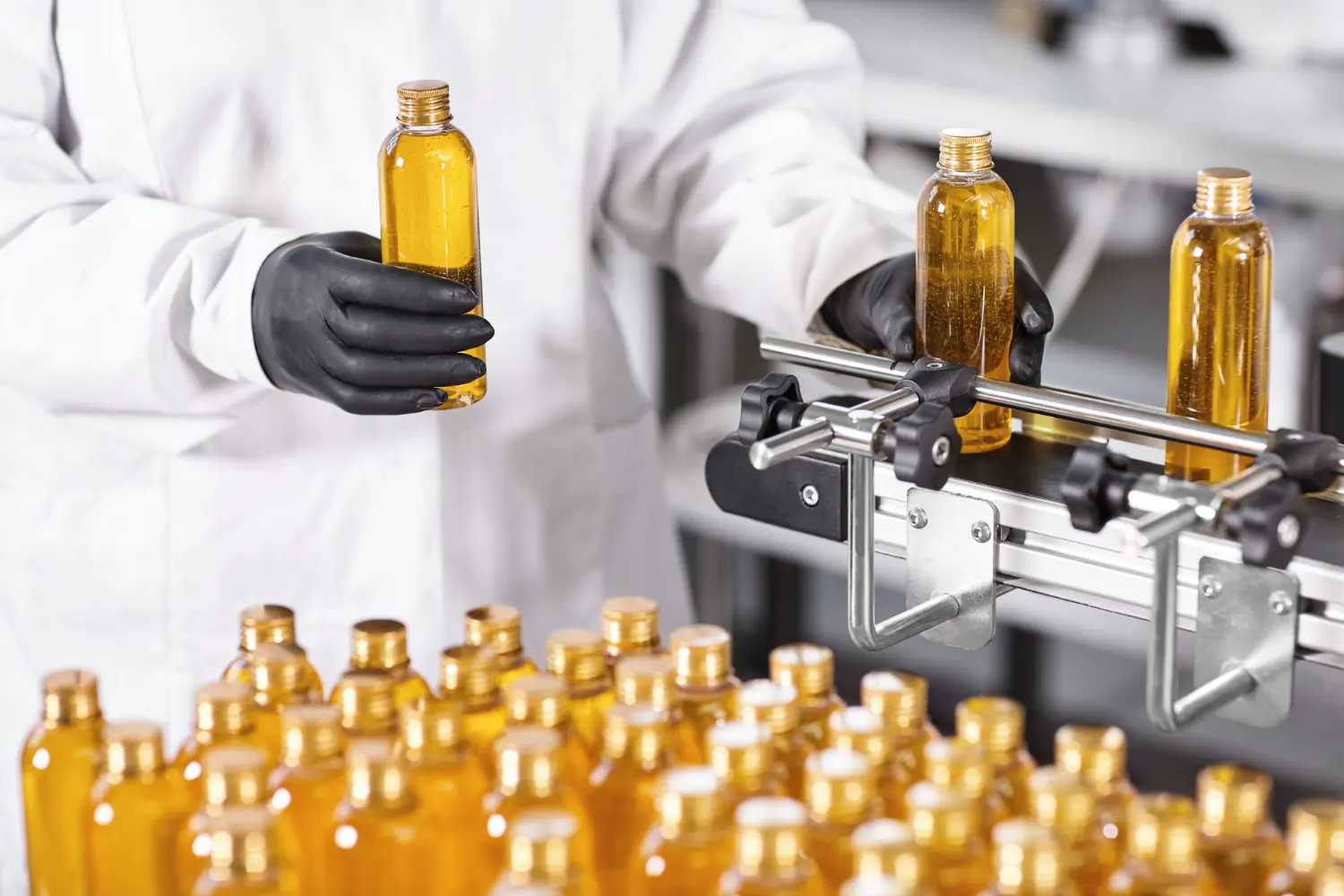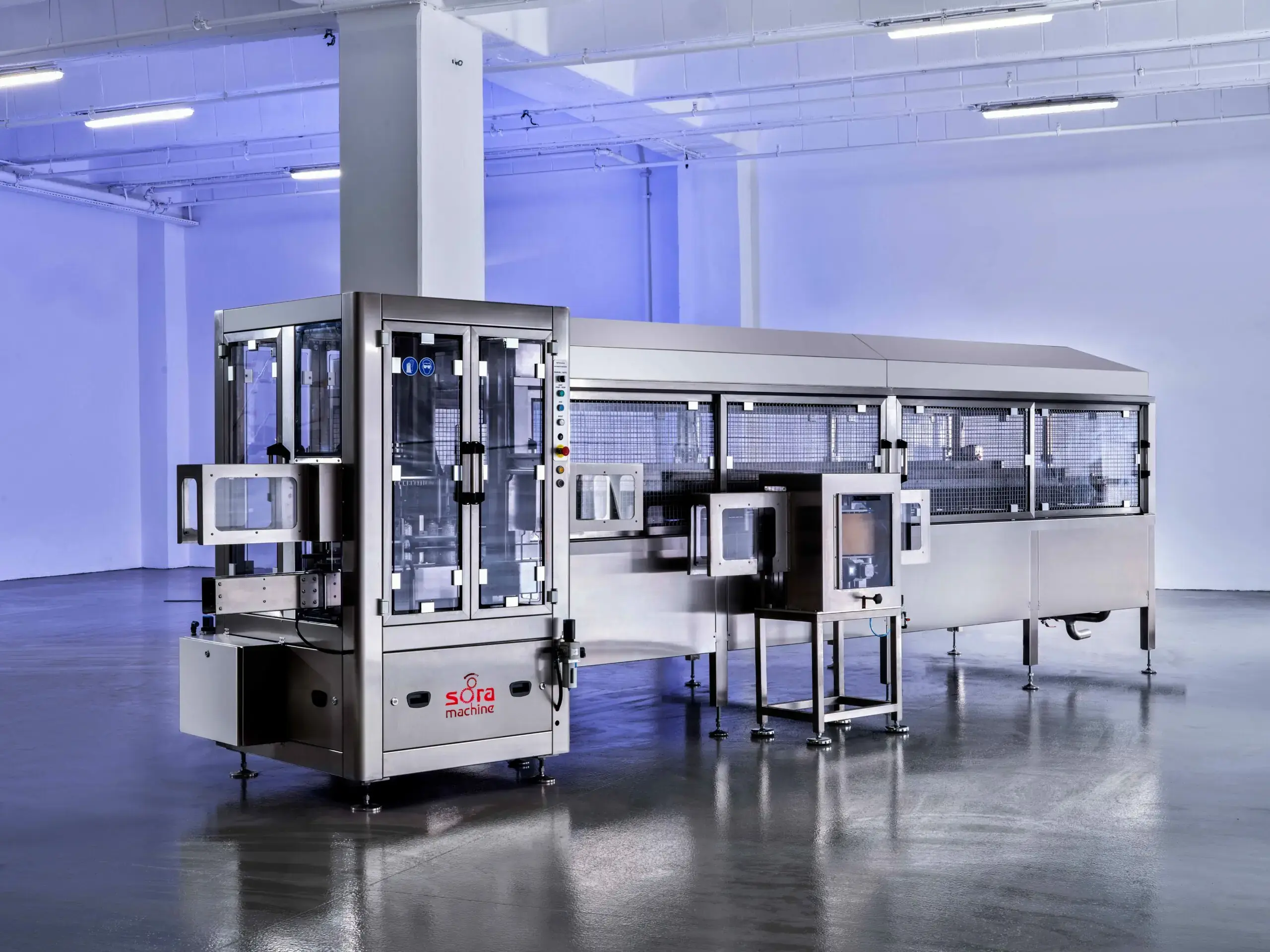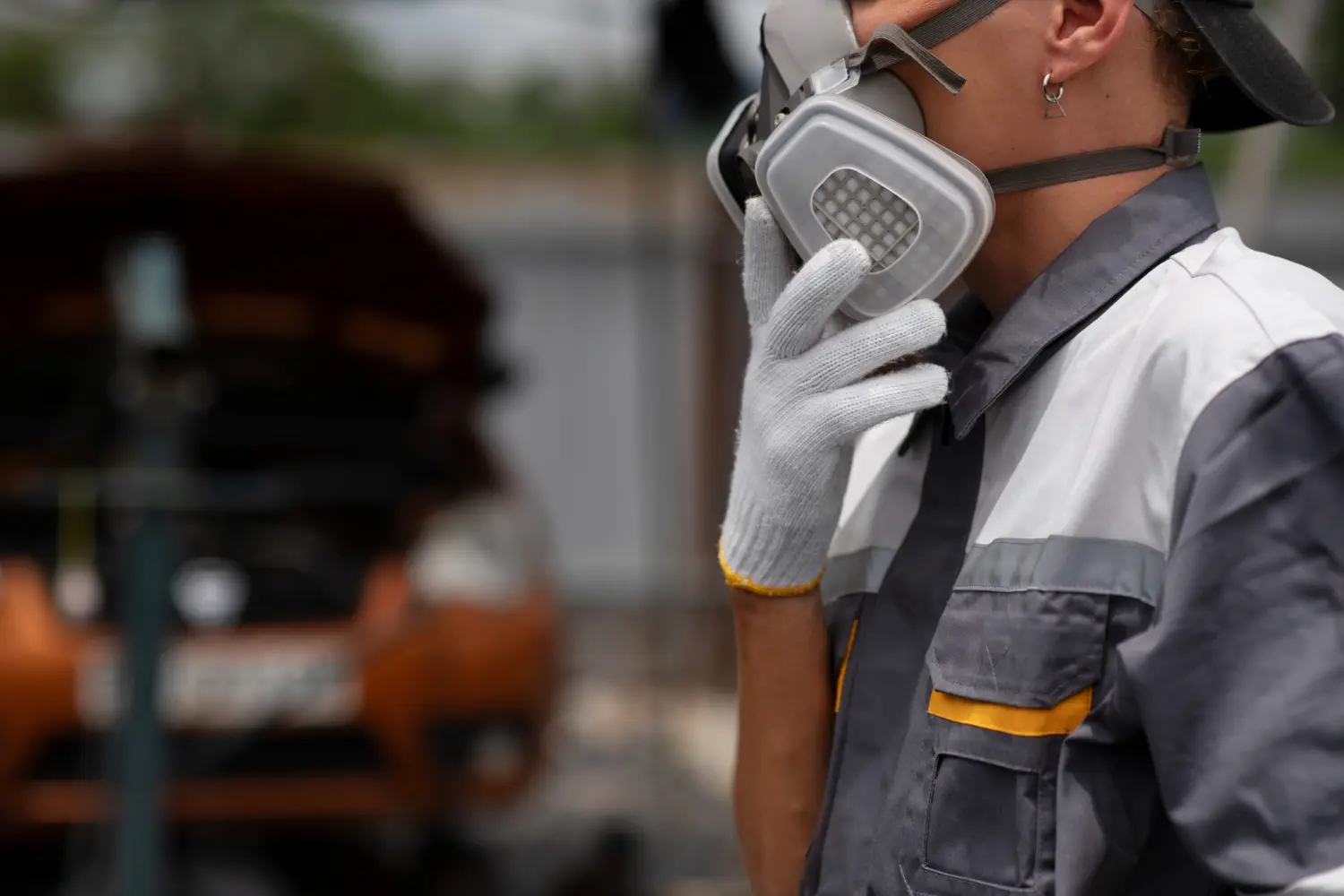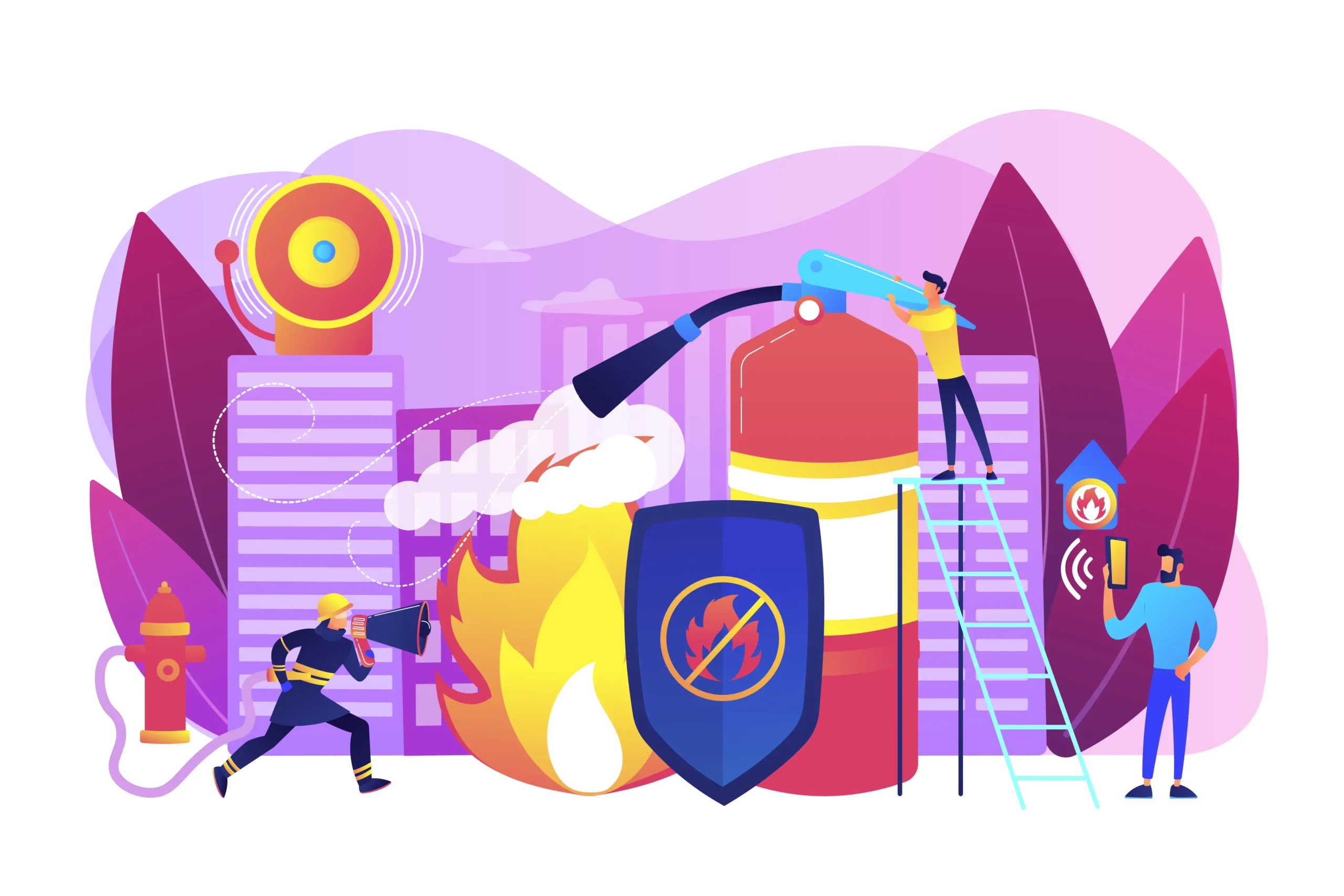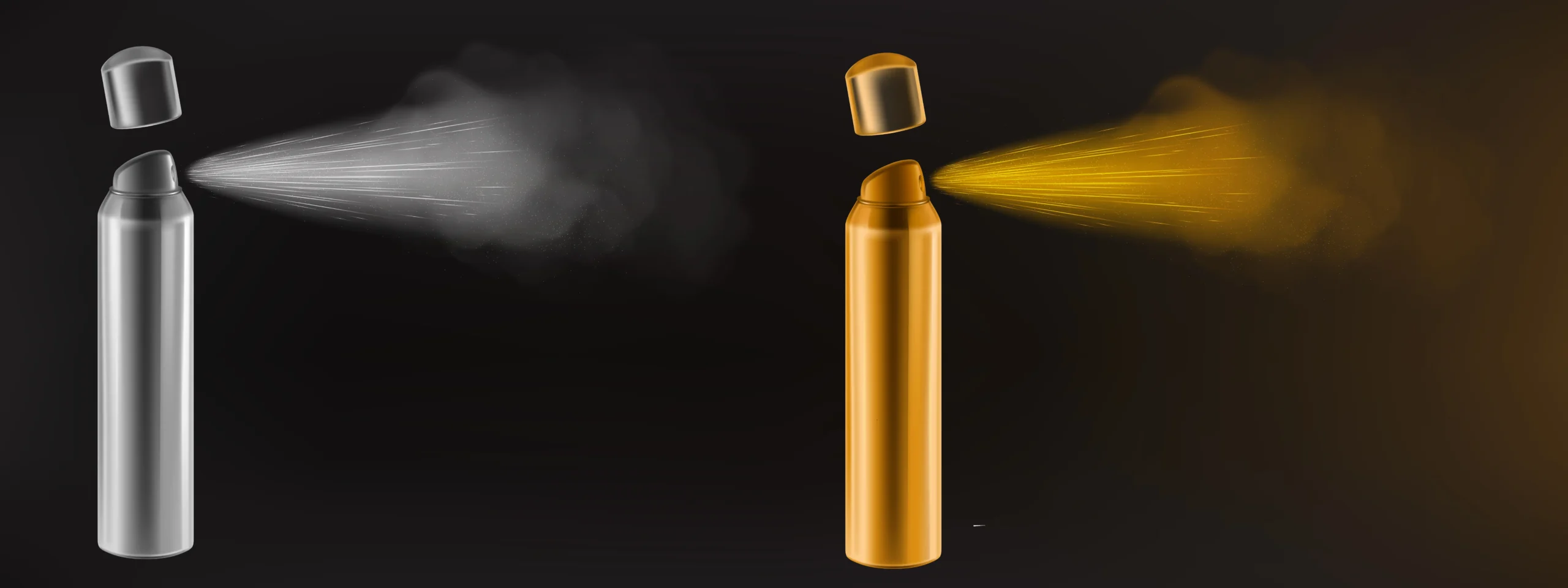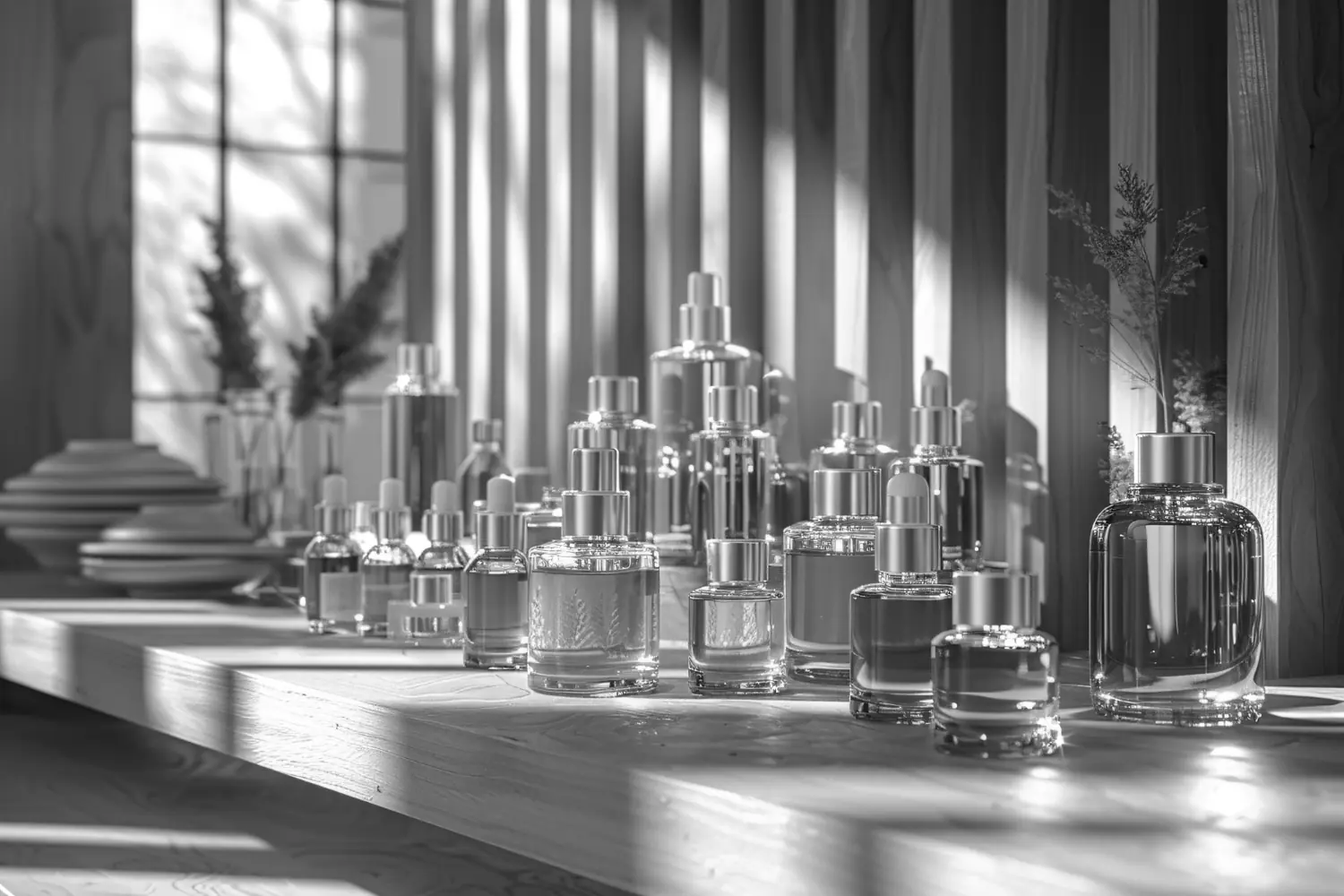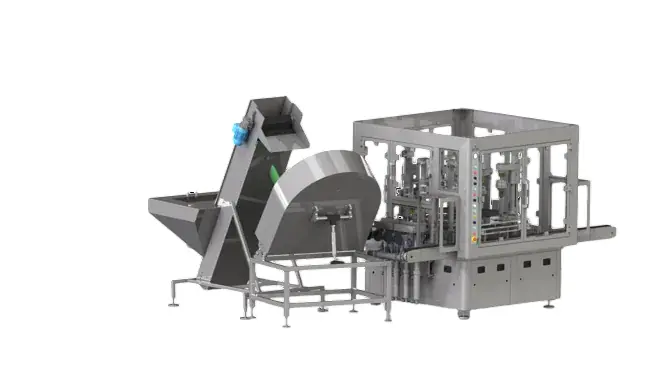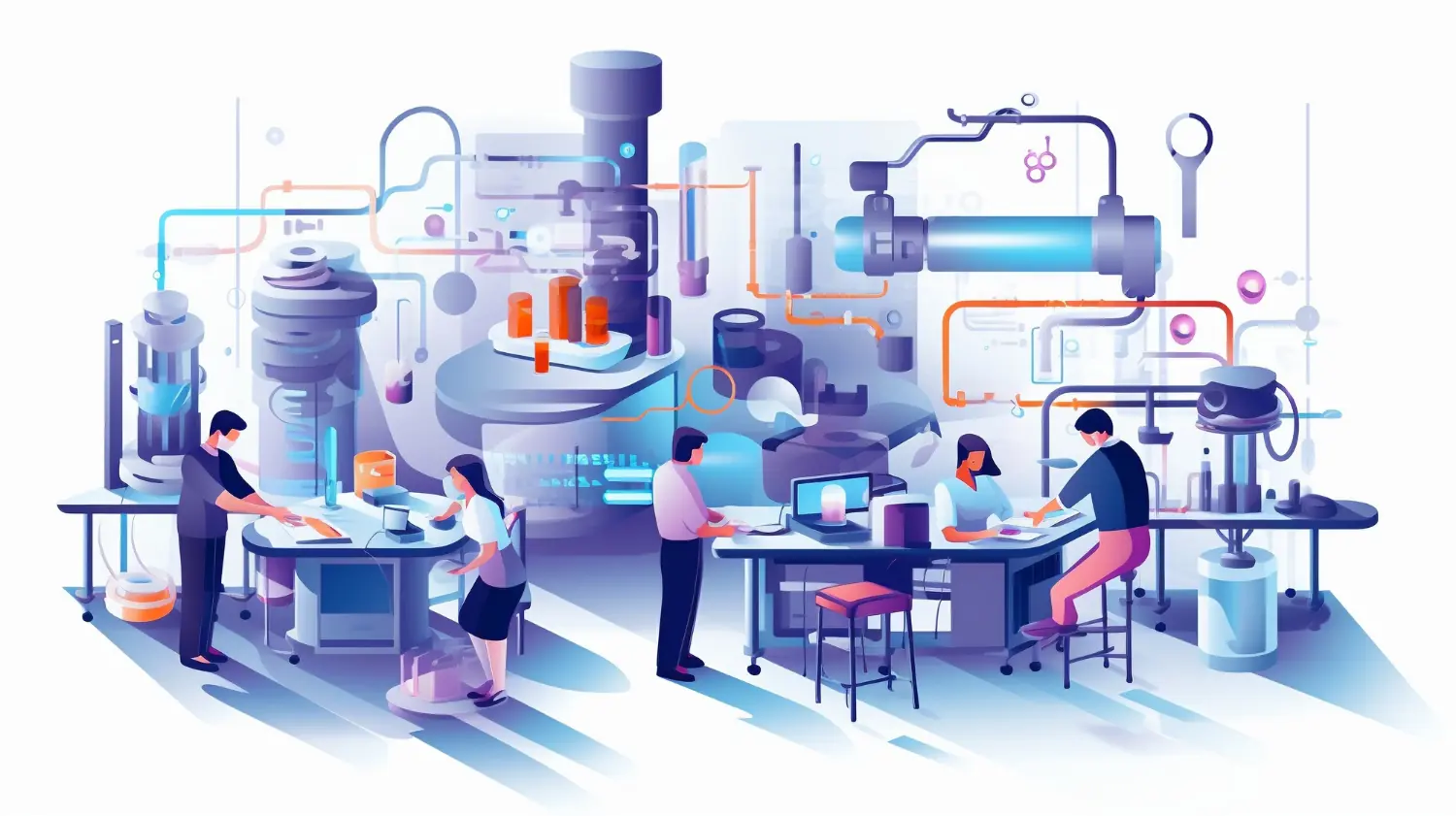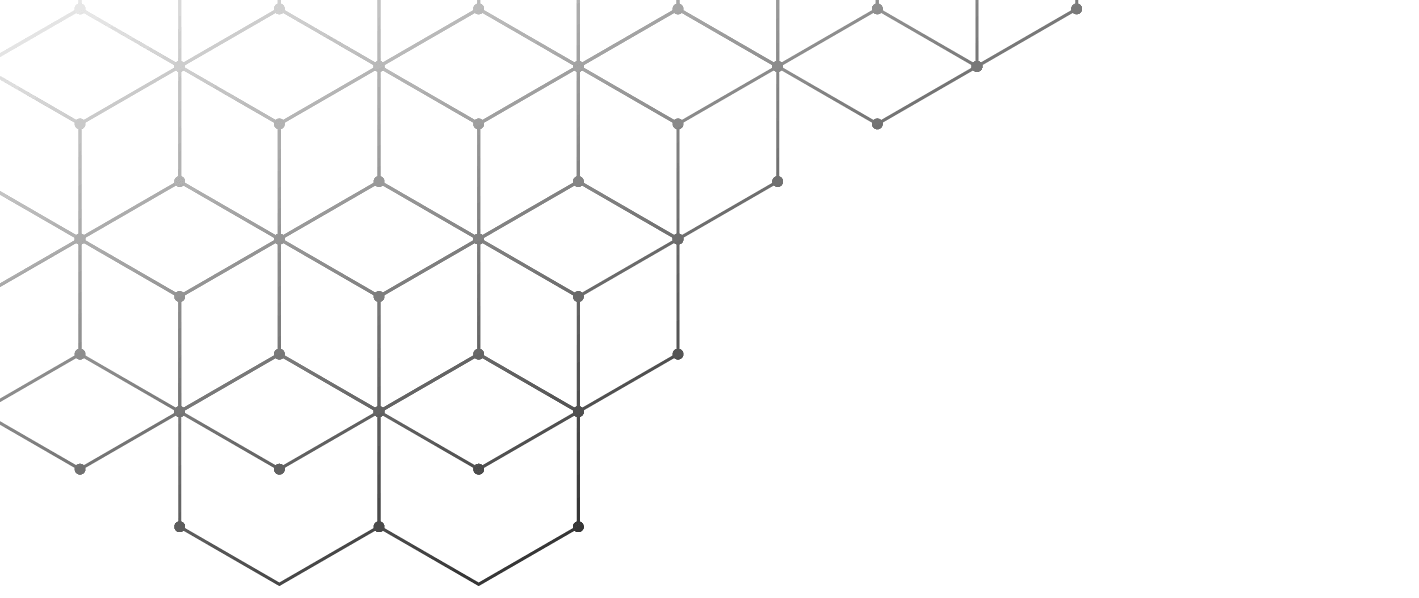Aerosols play an important role in industry due to their convenience and ease of use. The core of an aerosol is the propellant gas. When activated, the propellant provides the pressure that allows the product concentrate to be dispersed as a fine mist in a gaseous medium. The propellant serves three main functions: pressurization, product release, and can evacuation.
Sora Machine provides aerosol filling solutions ranging from laboratory to industrial scale, allowing manufacturers to precisely integrate their chosen propellant into formulations. Laboratory-type aerosol filling devices give researchers and developers flexibility to test small batches with different propellants.
From Sora Machine’s Perspective: Types and Characteristics of Aerosol Propellants
Propellants are generally divided into two main categories: Liquefied Gases and Compressed Gases. Sora Machine equipment can handle both types depending on product formulation and safety requirements.
1. Liquefied Gas Propellants
Liquefied gases are widely used because they can maintain a constant pressure inside the can. They remain in liquid form under high pressure and rapidly evaporate into gas during spraying, filling the new empty space.
Common Examples and Features:
- LPG (Liquefied Petroleum Gas): One of the most commonly used types of propellants, consisting of a flammable but non-toxic mixture of propane and butane.
- Advantages: Readily available, economical, and compatible with many products. Provides constant pressure throughout the can’s lifespan because the liquid phase evaporates to fill the emptied volume, resulting in a more consistent spray pattern.
- Disadvantages: Highly flammable, requiring special care during storage and use.
- Hydrocarbons (Propane, Butane, Isobutane): Used in cosmetics (hair sprays, deodorants) and household products. High-viscosity products typically require liquefied gases for better pressure maintenance and consistent spray.
- Dimethyl Ether (DME): Used in personal care products, DME is partially soluble in water, allowing for water-based formulations. It is flammable but less so than hydrocarbons.
- Halocarbons (CFCsChlorofluorocarbons (CFCs) are synthetic compounds once widely used in aerosol sprays and refrigerants, but phased out under the Montreal Protocol because they harm the ozone layer., HFCs): CFCs were banned internationally in the late 1970s due to ozone depletion. Modern alternatives (HFCs, HFOs) exist, though HFCs are being regulated due to their high Global Warming Potential (GWP)Global Warming Potential (GWP) measures how much heat a greenhouse gas traps in the atmosphere compared to carbon dioxide (CO2) over a specific time period (usually 100 years). A higher GWP means a stronger warming effect..
2. Compressed Gas Propellants
Compressed gases only occupy the headspace inside the can to apply pressure.
Common Examples and Features:
- Carbon Dioxide (CO2): An ideal gas derived from natural gas.
- Advantages: Non-flammable, non-explosive, and non-combustible. Primarily used in non-flammable applications.
- Disadvantages: Exists only as a gas inside the can. As some gas escapes during spraying, pressure decreases over time, leading to inconsistent spray performance. It is also incompatible with formulations containing water or traces of moisture.
- Nitrogen (N2) and Compressed Air: Safe options due to their inert and non-flammable nature.
- Advantages: Particularly safe for products used in sensitive environments. Nitrogen is odorless and tasteless, so it doesn’t alter the product’s scent or taste. It has minimal environmental impact.
- Disadvantages: Pressure drops over time, similar to CO2. Typically produces a coarser, less fine spray compared to liquefied gases.
Propellant Selection and Sora Machine Solutions
Choosing the right propellant requires balancing performance, safety, and environmental impact. Sora Machine supports this selection by providing filling equipment tailored to manufacturers’ specific requirements:
- Formulation Compatibility: The propellant must be compatible with the formulation (product concentrate) and valve system. For example, DME or nitrogen/air may be better suited for water-based formulations due to partial solubility in water.
- Pressure Requirements: Products that require continuous spraying (e.g., personal care) often use liquefied gases (LPG) for stable pressure, while products that operate in bursts may perform better with compressed gases (CO2, N2). Sora Machine’s calibration features allow precise adjustment of the desired pressure.
- Safety: While flammable liquefied gases such as propane and butane require careful storage, non-flammable gases like nitrogen offer safer alternatives. Sora Machine provides ATEXATEX (from “Atmosphères Explosibles”) refers to EU directives for equipment and protective systems intended for use in potentially explosive atmospheres, aimed at ensuring worker safety.-compliant solutions for the safe filling of flammable gases, ensuring maximum safety standards.
Sora Machine’s laboratory-scale filling systems adapt to various can sizes and propellant types, allowing manufacturers to safely test and refine products before moving to industrial-scale production.
Which Types Of Propellants Can Laboratory Filling Equipment Work With?
Laboratory-scale aerosol filling systems are compatible with various types of gases depending on the product formulation and purpose. These include hydrocarbons (e.g., propane and butane), compressed gases such as nitrogen and carbon dioxide, and Dimethyl Ether (DME) used in personal care products. Equipment includes safety features for working with both flammable and pressurized gases.
Can Liquid And Gas Filling Be Performed On The Same System?
Yes, many of Sora Machine’s laboratory-scale aerosol filling systems are designed to perform both product concentrate (liquid filling) and propellant gas filling in an integrated process. This dual functionality offers significant efficiency and space-saving advantages in laboratory environments.
What Tests Should Be Performed On Sora Machine Equipment During Compressed Gas Filling?
Tests conducted using Sora Machine equipment are critical for ensuring product quality and safety. After gas filling, a Leak Test (to verify the integrity of the can and valve seal) and a Pressure Test (to ensure the can withstands internal pressure) should be performed. Additionally, Volume Calibration and Pressure Calibration should be done regularly.
What Safety Measures Does Sora Machine Provide Against Risks Caused By Propellants?
Safety is essential in aerosol filling. Sora Machine equipment includes built-in safety mechanisms to prevent accidents when working with pressurized gases and flammable substances. Proper ventilation and operator training are among the key safety measures in laboratory environments.
Why Is Precision In Propellant Filling Important In Laboratories, And How Does Sora Machine Ensure It?
Filling the propellant at the correct amount and pressure is vital for product performance and consistency. Sora Machine equipment is designed for precise control. Pressure Calibration ensures that the gas injector delivers the appropriate pressure, maintaining product quality and safety.
How Is Propellant Filling Done in Sora Machine Laboratory Systems?
Sora Machine’s laboratory-scale aerosol filling systems provide precise steps for product development and formulation testing. The following steps summarize the gas filling process in Sora Machine’s integrated systems:
Objective: To accurately inject the correct amount of propellant into an aerosol can pre-filled with product concentrate using Sora Machine’s gas filling system.
Required Equipment: Sora Machine Laboratory-Scale Aerosol Filling System (including Liquid Filling, Valve Crimping, and Gas Filling units), suitable propellant gas (e.g., CO2 or LPG), and personal protective equipment (PPE).
Steps:
- Safety Preparation and Environment Check: Ensure the laboratory is well-ventilated. Operators must wear appropriate PPE, including gloves, safety goggles, and lab coats. Fire extinguishers and first aid kits should be readily available.
- Liquid Filling (Product Concentrate): Using Sora Machine’s liquid filling unit, the product concentrate (active ingredients) is filled into the can with precise volume control. Verify that the equipment is compatible with the product’s formulation and viscosity.
- Valve Placement and Crimping: The valve is positioned on the can, and Sora Machine’s crimping tool securely seals it, creating a leak-proof joint. Calibration ensures the correct crimping force for sealing integrity.
- Propellant Injection: The operator switches to the gas filling unit. The selected propellant (hydrocarbon or compressed gas) is injected through the valve into the can. Pressure calibration ensures the injector delivers the correct pressure required by the formulation.
- Leak Testing and Quality Control: After filling, the can is tested for leaks to confirm its integrity and valve seal accuracy.
- Final Steps: Products passing quality tests are labeled and packaged properly. Regular calibration and maintenance of equipment must be performed. These steps ensure that products are safely and consistently developed before industrial production.
